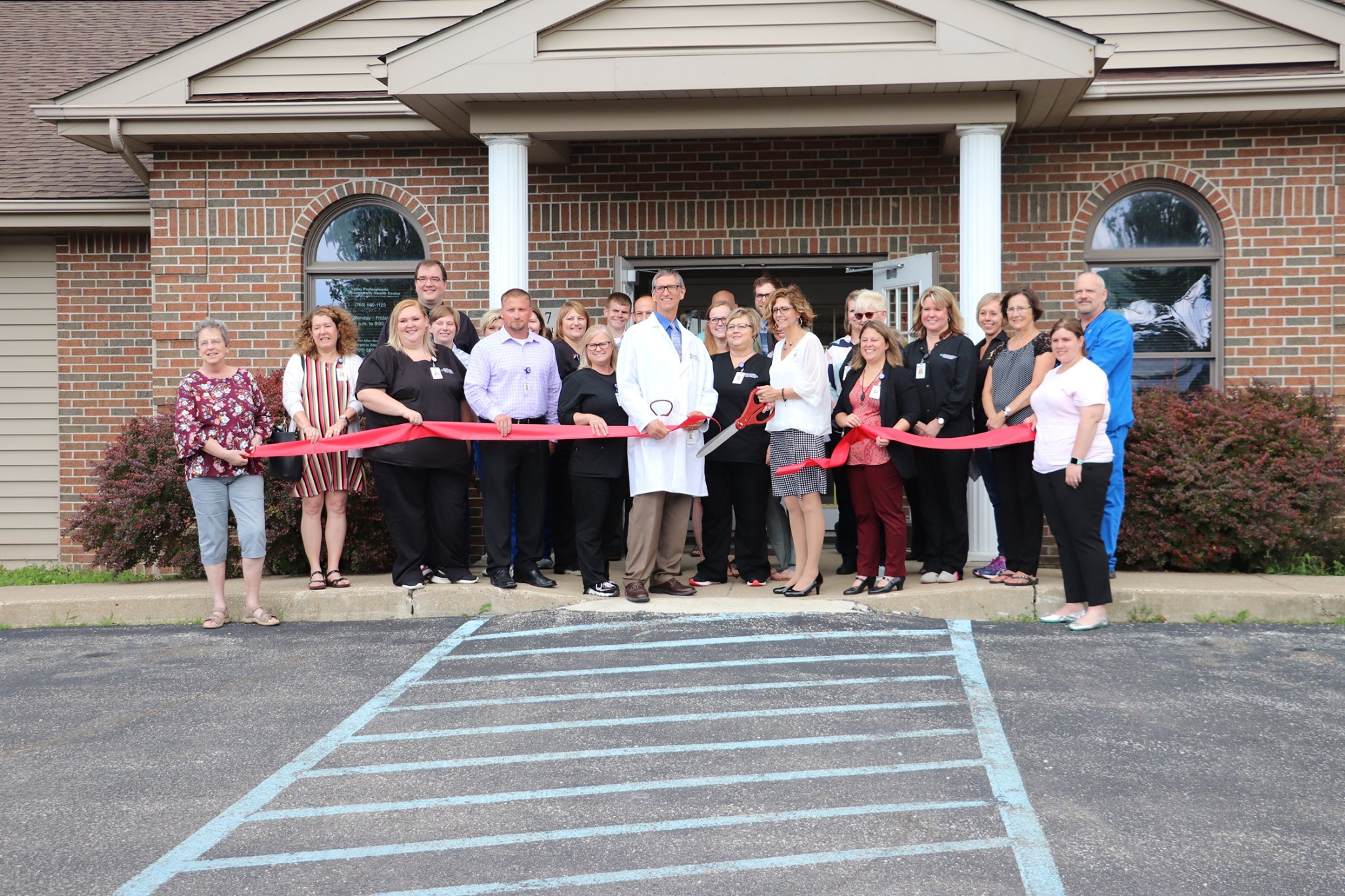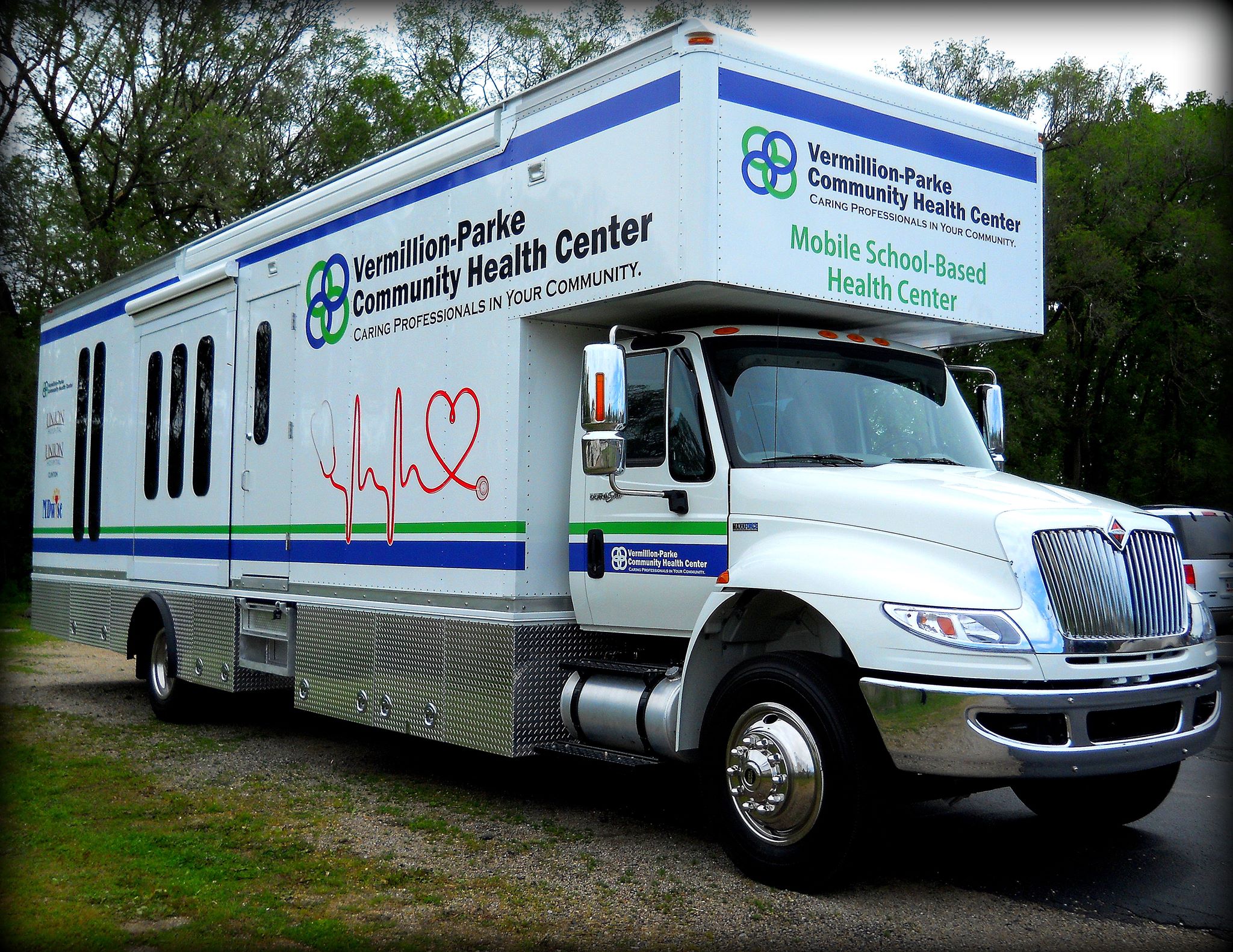What is cholesterol and what does this mean for me? It is one of those commonly mentioned laboratory tests, but why is it so important?
Picture this: The time for your annual wellness has arrived. You think ahead and get the fasting lab work that is always needed. Everything is going fine. It has been a normal year, and nothing “feels” different. Suddenly, while in the exam room of your doctor’s visit, your provider mentions something about “cholesterol.” Oh wait, there is something abnormal? The alarm bells are silently reverberating through your mind. The appointment is over, but the question remains. What is cholesterol and what does this mean for me? It is one of those commonly mentioned laboratory tests, but why is it so important? Why are we checking it annually? AND WAIT WHAT? You want me to consider medication for this?
What is cholesterol?
Abnormally elevated cholesterol levels, or hyperlipidemia, are common in day-in, day-out medical care at our local community health center and nationally. There are many patients affected by this, including children. Cholesterol is a necessary component for our body’s cellular function. So, what is it? Cholesterol is a fat or lipid, hence hyperlipidemia. Cholesterol is also an important precursor for hormones and vitamin production. Interestingly, our body makes a proportion of cholesterol in our liver, and we also can add to our natural production of cholesterol in our diet through meats, dairy, and certain oils: but too much of a good thing can be bad.
Components of a “lipid panel” or “cholesterol check” on blood work.
- Total cholesterol: This is comprised of your HDL + LDL + 20% of your triglyceride level
- High-density lipoprotein (HDL): The other ‘name’ you hear for this is “good cholesterol”. The high-density lipoproteins are important in helping to reduce the buildup of plaque in your arteries by transporting the cholesterol (think fat molecule) from your artery walls to your liver where it can be then sent out for excretion. The HIGHER this number, the BETTER your heart protective benefits.
- Low-density lipoprotein (LDL): Commonly known as “bad cholesterol” this does the opposite of HDL. The low-density lipoproteins contribute to the buildup of plaque in our artery walls. While we do need a healthy amount of LDL in our body, this is the lipoprotein that can be especially dangerous if left unchecked. It can contribute to hardening and thickening of artery walls when it becomes oxidized. (Note: Foods with ANTI OXIDANTS help to stop this oxidation process on various levels and why your provider stresses ‘green leafy vegetables and berries.) When our artery walls become thick and hard, blood flow is restricted and increases the risk of blockages, increasing the risk of heart attack or stroke. The LOWER your LDL, the LOWER your risk of heart and blood vessel disease.
- Triglycerides (Trigs): Triglycerides are formed differently than the LDL and HDL “fats,” but again, we still need a healthy amount in our body to do certain cellular functions. Too high of level of triglycerides is associated with hardening, thickening of arteries, stroke, heart disease, and diabetes. Overly high levels of blood sugar or insulin resistance can disproportionately affect these levels. Diets high in unrefined sugars, saturated fat, and alcohol may have elevated triglyceride levels.
What are the healthy levels of these fats?
Total cholesterol: Less than 200 mg/dl
HDL: Greater than 40 mg/dl in men, 50 mg/dl in women.
LDL: Less than 100 mg/dl, in special circumstances, like diabetes, less than 70 mg/dl is desirable.
Triglycerides: less than 150 mg/dl.
Complications of sustained elevated cholesterol: As discussed above, abnormally high levels of LDL cholesterol and triglycerides contribute to a number of illnesses including hardening, thickening of arteries, stroke, heart disease, and diabetes. Elevated cholesterol can also be a symptom of a physiologic abnormality such as: obesity, insulin resistance or metabolic syndrome, diabetes mellitus, hypothyroidism, chronic kidney disease, physical inactivity, pregnancy, or inflammatory diseases (such as rheumatoid arthritis, systemic lupus erythematosus.)
Lifestyle Modifications:
Diet is only one part of treatment for cholesterol levels. Genetics and other factors play a role, but since approximately 1/3 of our cholesterol comes from consumed sources, patients can still find benefits from a “heart healthy” or “cholesterol-lowering diet”
- Reduce saturated fats. These are commonly found in red meats and full-fat dairy products as well as some prepared bulk foods like pastries and bakery items. Saturated fats get solid at room temperature.
- Eliminate trans fats. Trans fats are artificial fats made by adding hydrogen oil to liquid vegetable oils to make them more “solid”. Commonly found in potato chips and deep-fried foods.
- Increase fiber. Fat molecules will bind to fiber for excretion and limit what is reabsorbed in the gut.
- Increase physical activity. This can increase the level of the high-density lipoproteins, remember, the good ones, to help reduce cholesterol levels.
- Quit smoking. For many reasons, quitting smoking reduces the risk of complications associated with elevated cholesterol levels, but for today, this can increase high-density lipoprotein levels. Smoking is also linked to hardening of arteries which, as we read above, increases our risk of heart attack and stroke.
- Lower blood pressure. Elevated blood pressure and elevated cholesterol like to hang out together. They have a synergistic effect when it comes to increasing the risk for heart attack and stroke among many other disease processes.
- Reduce alcohol intake.
For more easy-to-read information regarding cholesterol and why it is important, visit:
https://www.heart.org/en/health-topics/cholesterol/about-cholesterol
By: Andrea Davenport, Nurse Practitioner
Book a Consultation
It’s easy and free!






















